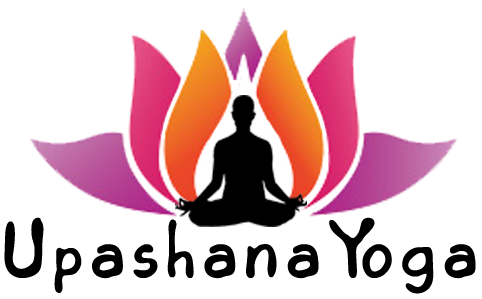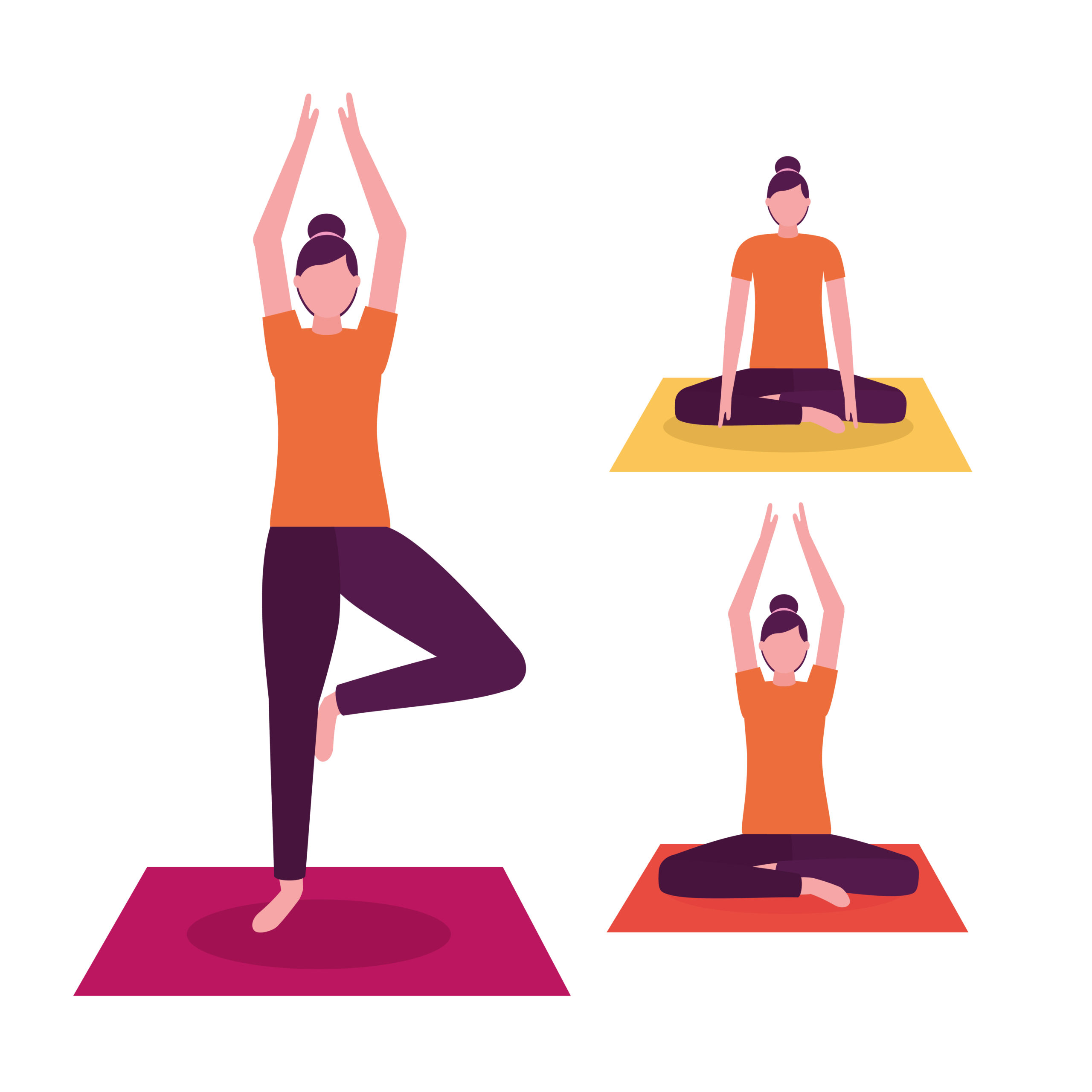
Iyengar Yoga is a form of Hatha Yoga developed by B.K.S. Iyengar, one of the most influential yoga masters of the 20th century. Known for its emphasis on detail, precision, and alignment, Iyengar Yoga uses props such as belts, blocks, and blankets to help practitioners perform poses (asanas) correctly and safely, regardless of age or ability. This approach makes this Yoga both accessible and deeply transformative.
Origins and Philosophy
Iyengar Yoga originated in Pune, India, where B.K.S. Iyengar refined and taught his method for over 70 years. His seminal book Light on Yoga (1966) became a global guide for students and teachers alike.
The philosophy of Iyengar Yoga is grounded in the eight limbs of yoga (Ashtanga Yoga) from Patanjali’s Yoga Sutras. It places a strong emphasis on:
- Yama (ethical disciplines)
- Niyama (self-discipline)
- Asana (posture)
- Pranayama (breath control)
- Dharana (concentration)
- Dhyana (meditation)
This makes it a holistic practice, not merely a physical one.
(Also Read: Standing Yoga Poses: A Comprehensive Guide)
Key Features of Iyengar Yoga:
Iyengar Yoga, founded by B.K.S. Iyengar, is characterized by a deep commitment to alignment, precision, and awareness in every aspect of the practice. It transforms yoga into a scientific and meditative discipline. The following core features define the unique approach of Yoga:
1. Precision and Alignment:
Every pose is practiced with great attention to alignment of bones and muscles. Correct alignment improves posture and reduces the risk of injury.
Alignment is the cornerstone of Yoga. Every pose (asana) is practiced with detailed attention to the:
- Position of limbs and joints
- Balance of muscles
- Structural integrity of the spine
Why it matters:
- Ensures maximum benefit from each pose
- Prevents injuries
- Corrects postural habits
- Develops structural awareness and body symmetry
2. Use of Props:
B.K.S. Iyengar innovated the use of props—like blocks, straps, chairs, and bolsters—to help students achieve the correct posture and hold it for longer durations.
Iyengar Yoga is well-known for introducing yoga props into practice. Common props include:
- Blocks
- Belts
- Bolsters
- Chairs
- Blankets
- Wall ropes
Why it matters:
- Makes poses accessible to everyone regardless of flexibility or strength
- Helps maintain alignment in difficult poses
- Supports the body in therapeutic or restorative sequences
- Encourages longer holds and deeper openings
3. Sequencing:
Iyengar Yoga follows a specific sequence of asanas designed to bring balance and therapeutic effects to the body and mind.
Classes and personal practices in Yoga follow carefully curated sequences of postures. These are often built on:
- Physical readiness
- Specific goals (e.g., backbends, inversions, therapeutic focus)
- The season, time of day, or health condition
Why it matters:
- Prevents overexertion or imbalance
- Creates a logical path of learning and integration
- Maximizes the physical and psychological benefits of each pose
4. Duration and Intensity:
Postures are held for longer periods, which helps in building stamina, strength, and mindfulness.
Unlike flow-based styles, Iyengar Yoga encourages practitioners to stay in each pose for extended periods, especially once alignment is achieved.
Why it matters:
- Builds strength and endurance
- Promotes deep muscular engagement
- Cultivates a meditative state
- Allows observation of bodily and mental patterns
(Also Read: Vinyasa Yoga: A Complete Guide to Practice, Benefits, and Key Poses)
5. Therapeutic Applications:
Iyengar Yoga is used therapeutically for people with physical conditions such as scoliosis, arthritis, or back pain, offering a safe and structured way to heal.
Iyengar Yoga is widely used for therapeutic purposes, and special sequences are developed for conditions like:
- Back pain
- Arthritis
- Scoliosis
- Digestive disorders
- Menstrual issues
- Anxiety or depression
Why it matters:
- Provides non-invasive healing
- Supports recovery and rehabilitation
- Offers gentle, restorative alternatives when needed
6. Precision and Detail-Oriented Instruction:
Teachers in Iyengar Yoga offer step-by-step guidance with precise verbal cues and physical adjustments. The focus is on:
- Exact body positioning
- Correction of misalignments
- Deepening awareness of every part of the body in the pose
Why it matters:
- Enhances safety and understanding
- Builds concentration and mindfulness
- Fosters discipline and introspection
7. Integration of Pranayama and Meditation:
Once stability in asana is achieved, students gradually integrate:
-
Pranayama (breath control) to regulate energy and calm the mind
-
Dharana (concentration) and Dhyana (meditation) to deepen awareness
Why it matters:
- Balances the nervous system
- Prepares the mind for meditation
- Aligns the practice with classical yogic philosophy
8. Rigorous Teacher Training and Certification:
Iyengar Yoga teachers undergo intensive training (often several years) and pass strict assessments to become certified.
Why it matters:
- Ensures a high standard of teaching worldwide
- Preserves the integrity and safety of the practice
- Provides students with consistent, accurate instruction
9. Universal Accessibility:
Whether you’re young or old, flexible or stiff, athletic or sedentary—Iyengar Yoga can be adapted to your body and capacity.
Why it matters:
- Creates an inclusive environment
- Builds self-confidence and motivation
- Encourages lifelong practice and healing
(Also Read: Restorative Yoga: All You Should Know)
Benefits of Iyengar Yoga:
Iyengar Yoga, developed by B.K.S. Iyengar, is a globally respected style of yoga known for its focus on alignment, precision, and mindful practice. It is practiced with the aid of props like blocks, belts, blankets, bolsters, and chairs, making it accessible to people of all ages, body types, and fitness levels.Below is a detailed breakdown of how Iyengar Yoga positively impacts your body, mind, and overall well-being.
Improves Posture and Alignment:
Iyengar Yoga emphasizes correct body alignment in every pose. This helps develop an awareness of body mechanics, which:
- Reduces slouching and hunching
- Aligns the spine and pelvis
- Improves standing, walking, and sitting posture in daily life
Enhances Flexibility:
Unlike fast-flowing yoga styles, Iyengar Yoga encourages holding poses longer with support. This gradual stretching:
- Increases joint range of motion
- Releases tight muscles
- Improves flexibility in areas like the hamstrings, hips, and shoulders
Builds Strength and Stability:
Longer pose duration builds muscular strength, especially in:
- Core muscles
- Legs and glutes
- Shoulders and arms
It also enhances joint stability, crucial for injury prevention.
Improves Balance and Coordination:
Through focused alignment and weight distribution, Iyengar Yoga:
- Strengthens small stabilizing muscles
- Trains proprioception (awareness of body position)
- Helps prevent falls, especially in older adults
Boosts Stamina and Endurance:
Holding poses for extended periods, sometimes with minimal props, builds:
- Physical stamina
- Breath control
- Mental endurance to stay calm under physical challenge
Promotes Mental Clarity and Focus:
Iyengar Yoga requires intense concentration on body position, breathing, and instruction. This trains the mind to:
- Stay in the present moment
- Reduce mental chatter
- Improve memory and focus
Reduces Stress and Anxiety:
Deep breathing, supported postures, and mindfulness cultivate parasympathetic nervous system activation, which:
- Lowers cortisol levels
- Promotes relaxation and calm
- Helps with anxiety, tension, and insomnia
Enhances Self-Awareness:
Iyengar Yoga is an introspective practice that fosters body-mind connection. As students observe the subtleties of movement and sensation, they:
- Become more aware of emotional triggers
- Learn to manage responses with mindfulness
- Cultivate self-acceptance and confidence
Alleviates Chronic Pain:
Special sequences are designed to:
- Reduce back pain, neck pain, and joint discomfort
- Relieve sciatica, arthritis, and repetitive stress injuries
- Support healthy spinal alignment and disc health
Supports Recovery from Injury or Surgery:
With customized use of props, practitioners can safely perform modified poses, helping with:
- Gentle rehabilitation
- Improved circulation
- Prevention of muscle atrophy
Aids in Management of Medical Conditions:
Therapeutic Iyengar Yoga has shown benefits for conditions like:
- Hypertension
- Asthma and respiratory issues
- Digestive problems (IBS, constipation)
- Menstrual disorders and menopause symptoms
Boosts Immune System:
Regular practice improves:
- Lymphatic drainage
- Blood circulation
- Stress reduction (linked to better immunity)
Iyengar Yoga is a deeply intelligent, therapeutic, and empowering practice that strengthens the body, sharpens the mind, and opens the heart. Whether you’re a beginner or an experienced yogi, its structured, supportive approach allows for safe exploration, healing, and personal growth.
If you’re looking for a yoga practice that respects your body, challenges your mind, and supports your health, Iyengar Yoga is a powerful and time-tested path.
(Also Read: Kundalini Yoga: Awakening Inner Energy Through Practice)
Iyengar Yoga vs. Other Yoga Styles:
| Feature | Iyengar Yoga | Vinyasa/Flow Yoga | Ashtanga Yoga |
|---|---|---|---|
| Focus | Alignment, precision, props | Breath-synchronized movement | Fixed sequence, intensity |
| Use of Props | Extensive | Minimal | Rarely used |
| Pose Duration | Long | Short | Medium |
| Accessibility | High (suitable for all levels) | Moderate | Requires good fitness |
| Therapeutic Approach | Strong | Limited | Minimal |
Who Can Practice Iyengar Yoga?
Iyengar Yoga is suitable for everyone:
- Beginners who want to learn poses safely
- Seniors and people with limited mobility
- Athletes looking to improve posture and flexibility
- People recovering from injuries
- Advanced yogis seeking a deeper understanding of alignment
(Also Read: Hatha Yoga: A Comprehensive Guide to Practice and Benefits)
Tips for Beginners:
- Start with a certified Iyengar teacher to learn the correct use of props and alignment.
- Don’t rush through poses; focus on stillness and form.
- Be patient—progress comes with practice and observation.
- Use props without hesitation; they are tools, not crutches.
- Consistency is key. Practice regularly, even if briefly.
Conclusion:
Iyengar Yoga is more than just a physical workout—it’s a disciplined, meditative practice that brings together the body, mind, and spirit through alignment and awareness. Whether you’re a beginner, a seasoned yogi, or someone recovering from an injury, Iyengar Yoga offers a path to inner balance, strength, and healing. Its universal accessibility and profound depth make it a lasting contribution to the world of yoga.
FAQs:
Q. Can beginners do Iyengar Yoga?
A. Yes, it’s perfect for beginners because of the detailed instruction and use of props.
Q. Is Iyengar Yoga physically intense?
A. It can be, depending on the class level, but it is not fast-paced. Intensity comes from holding poses with precision.
Q. Do I need props at home to practice?
A. Props are useful, but many can be substituted with household items (e.g., books instead of blocks, scarves instead of straps).
Q. Is Iyengar Yoga only for people with injuries?
A. No. While it’s therapeutic, it is also effective for strength, flexibility, and spiritual growth.
Q. How often should I practice?
A. A minimum of 2–3 times a week is recommended to see progress. Daily practice, even for 20 minutes, is ideal.













Leave a Comment